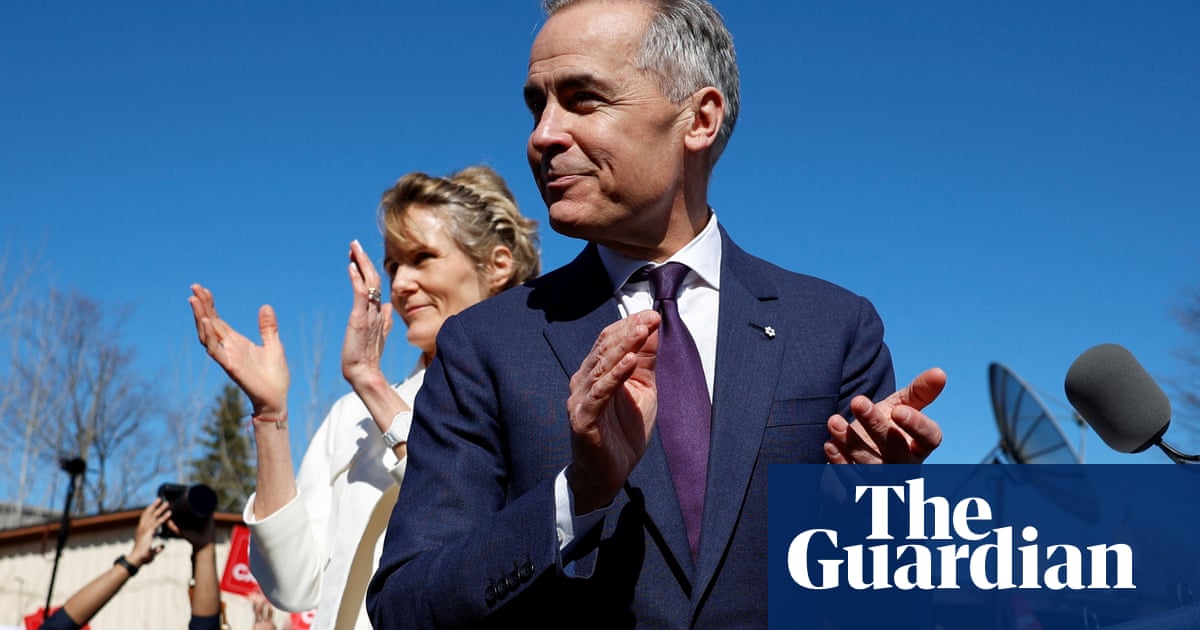The article highlights a significant increase in early voting in Canada’s upcoming election, suggesting a heightened interest among voters. The figures indicate that 7.3 million ballots were cast during the advanced voting period, which is a notable rise from the previous election. This increase may imply a more engaged electorate, potentially influenced by current political dynamics, including the impact of Donald Trump's policies.
Voter Engagement and Political Climate
The record early voting numbers might reflect a response to the current political environment, particularly the controversies surrounding Trump, which seem to be energizing voters. The article notes high viewership ratings for recent debates, indicating that citizens are actively following the election and its candidates. This could signify a shift towards greater political engagement, especially among those who might feel strongly about the issues at stake.
Candidates and Party Dynamics
The article discusses the two primary candidates, Mark Carney of the Liberal Party and Pierre Poilievre of the Conservative Party. Carney appears to be leading in the polls, but the Conservatives are gaining ground. This competitive landscape suggests that voters are weighing their options more critically than in previous elections. The framing of Carney’s experience against Poilievre’s critique of the past decade under Trudeau highlights the contrasting narratives voters are considering.
Media Influence and Public Perception
By presenting these statistics and insights, the article may aim to shape public perception about the importance of the upcoming election. It draws attention to the potential consequences of voter turnout and party support, possibly encouraging greater participation. Readers may interpret the increase in early voting as a sign that their voices matter, thus prompting them to engage more actively in the electoral process.
Trustworthiness and Manipulative Elements
The article appears to be based on factual data provided by Elections Canada, making it reliable in terms of the reported statistics. However, the selection of information and the way it is framed could influence readers' perceptions. The focus on early voting could overshadow other important aspects of the election, such as the policies of smaller parties, which are mentioned but not elaborated upon. This selective emphasis may lead to a somewhat biased view of the political landscape.
In terms of implications, the report could encourage increased voter participation, potentially impacting the election outcomes. It creates a narrative that favors the idea of a two-party system, potentially marginalizing smaller parties and affecting their visibility in the political discourse.
The article seems to be targeting politically engaged communities, likely appealing to those who are already inclined to participate in the electoral process. This may include younger voters and those concerned about the impacts of U.S. politics on Canada.
In the financial markets, such news can affect investor sentiment, particularly in sectors sensitive to political change, such as trade and tariffs. Companies with significant exposure to U.S. markets might see their stock volatility increase as election outcomes could influence trade relationships.
The implications of this article extend to the broader context of global politics, as the U.S.-Canada relationship continues to be pivotal. The focus on early voting could resonate with similar trends seen in other democracies, where voter engagement is increasingly seen as crucial to electoral outcomes.
Artificial intelligence may have played a role in generating the article's structure or summarizing data trends. However, it is difficult to ascertain the extent of AI involvement without specific indicators of its use in crafting the narrative. The language used is straightforward and adheres to journalistic standards, suggesting that while AI might have influenced its composition, the article remains grounded in factual reporting.
The overall reliability of the article is relatively high, given its reliance on verifiable data. However, the framing of the narrative and the emphasis on specific aspects of the election may suggest an agenda to highlight voter engagement as a critical theme leading up to the polls.
